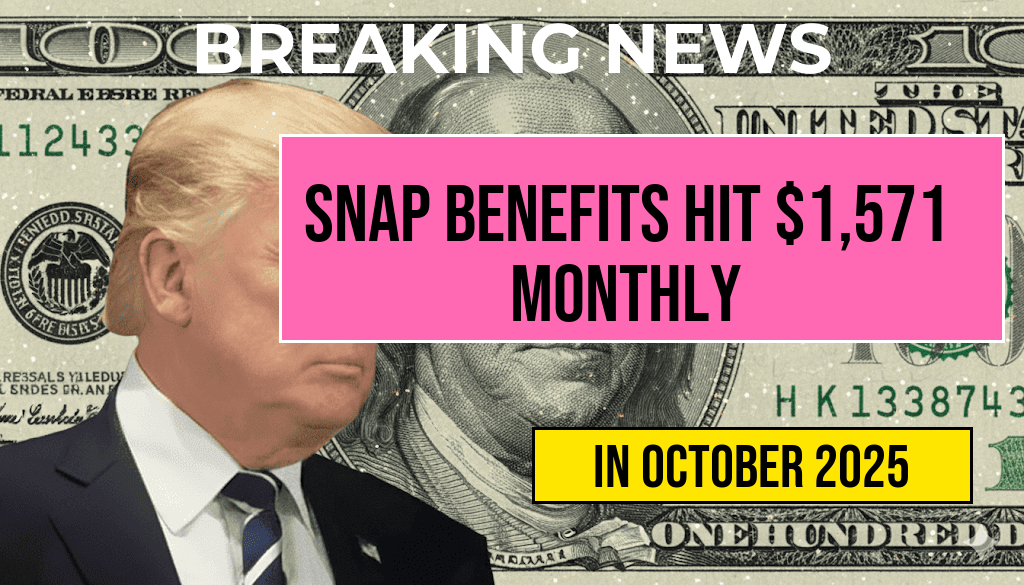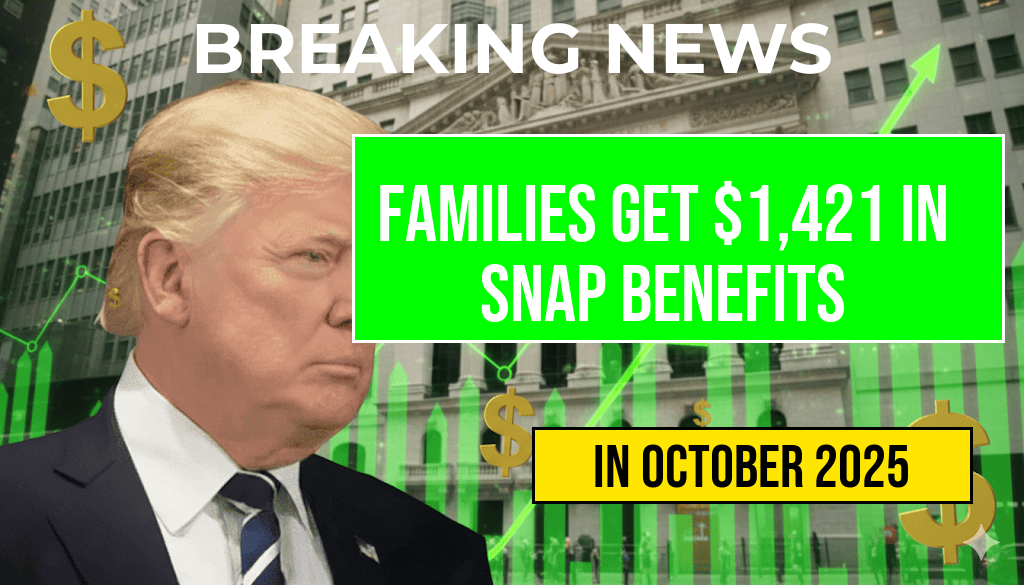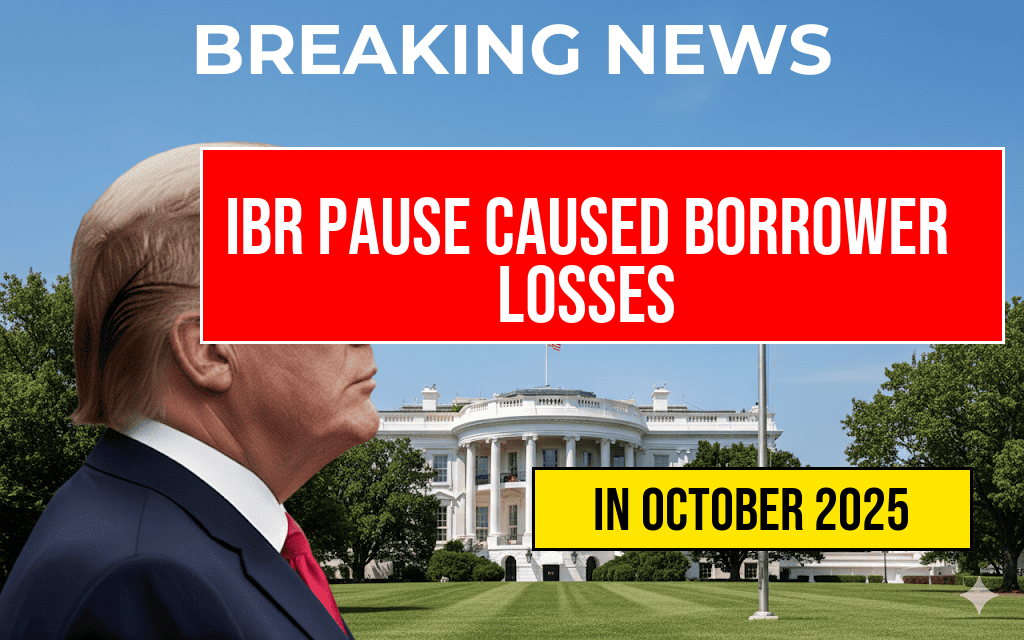As the federal government faces the ongoing risk of a shutdown, millions of Americans relying on Supplemental Nutrition Assistance Program (SNAP) benefits are recalculating their budgets amid potential disruptions. Recent data indicates that individuals aged 7 and older could receive up to $1,571 in monthly SNAP benefits, a significant support for families navigating uncertain financial terrain. With the threat of a shutdown looming, many recipients are seeking guidance on managing their resources effectively. This article explores current SNAP benefit trends, the potential impact of a government shutdown, and essential budgeting strategies for affected households.
Understanding SNAP Benefits and Recent Trends
The SNAP program, administered by the U.S. Department of Agriculture (USDA), aims to provide nutritional assistance to eligible low-income individuals and families. The benefit amounts vary depending on household size, income, and expenses, but recent reports highlight an increase in maximum allotments, especially for larger households. According to the USDA, the maximum monthly SNAP benefit for a household of four currently stands at approximately $939, but individual benefits for larger families or those with specific needs can reach higher figures, with some cases approaching $1,571.
| Household Size | Maximum Benefit |
|---|---|
| 1 | $281 |
| 2 | $516 |
| 3 | $740 |
| 4 | $939 |
| 5 | $1,068 |
| 6 | $1,295 |
| 7+ | $1,571 |
These figures aim to help families meet their nutritional needs, but the actual benefit received depends on household circumstances. Recipients can check their specific allotments through the USDA’s SNAP benefits calculator.
Potential Impact of a Government Shutdown on SNAP Recipients
While SNAP benefits are federally funded, recent history suggests that a government shutdown could temporarily disrupt disbursements or cause delays. During previous shutdowns, the USDA assured that benefits scheduled for distribution typically continued, but administrative processes and access to support services often faced hurdles. Households relying heavily on these funds might experience cash flow shortages, emphasizing the need for proactive financial planning.
Experts warn that prolonged shutdowns could lead to delays in re-authorization processes, potentially affecting new applicants and current recipients alike. Moreover, the uncertainty could complicate food purchasing decisions, especially for families managing tight budgets.
Strategic Budgeting Tips for SNAP Recipients During Uncertain Times
Prioritize Essential Purchases
- Plan meals around affordable, nutrient-dense foods such as grains, beans, seasonal produce, and frozen vegetables. Bulk buying can reduce costs over time.
- Utilize coupons and store discounts to stretch your SNAP benefits further.
Optimize Household Resources
- Coordinate with local food banks and community resources to supplement SNAP benefits, especially during supply disruptions.
- Share resources within your community: consider organizing food co-ops or meal-sharing arrangements to reduce individual expenses.
Manage Cash Flow and Expenses
- Create a detailed budget that accounts for fixed expenses like rent, utilities, and transportation, leaving room for groceries and unforeseen costs.
- Avoid unnecessary purchases and focus on essentials during periods of financial uncertainty.
Stay Informed and Plan Ahead
- Monitor official updates from the USDA and local agencies regarding SNAP benefit disbursements during shutdown scenarios.
- Prepare for delays by stocking up on non-perishable foods when possible, ensuring you have a buffer in case of disruptions.
Additional Resources for SNAP Recipients
For guidance on managing benefits and accessing local assistance programs, visit the USDA’s official SNAP program page. State and local agencies may also offer emergency support or alternative food assistance options during federal disruptions. Staying connected with community organizations can provide critical support when federal services face delays.
As policymakers debate funding and budget allocations, understanding how to adapt financially becomes vital for vulnerable households. Keeping informed and planning strategically can mitigate some of the stress associated with potential government shutdowns and help ensure nutritional needs are met despite uncertainties.
Frequently Asked Questions
What is the current SNAP benefit amount for individuals aged 7 and up?
The SNAP benefits for individuals aged 7 and up can reach up to $1,571 monthly, providing essential support for food and nutrition needs.
How might a government shutdown affect SNAP benefits?
If a government shutdown continues, there could be delays or reductions in SNAP benefits, impacting recipients’ ability to access consistent food assistance.
What are some budget tips for maximizing SNAP benefits during uncertain times?
To make the most of SNAP benefits, plan meals around affordable ingredients, prioritize nutrient-dense foods, and track your expenses carefully to stretch your budget during a government shutdown.
Who is eligible for SNAP benefits?
Eligibility for SNAP benefits generally includes individuals and families with income levels below specified thresholds, including children aged 7 and older, as well as seniors and disabled persons in need of assistance.
How can I stay updated on changes to SNAP benefits during a government shutdown?
You can stay informed by visiting official government websites, signing up for alerts, and following local news sources to receive timely updates on SNAP policy changes and funding statuses during a government shutdown.






